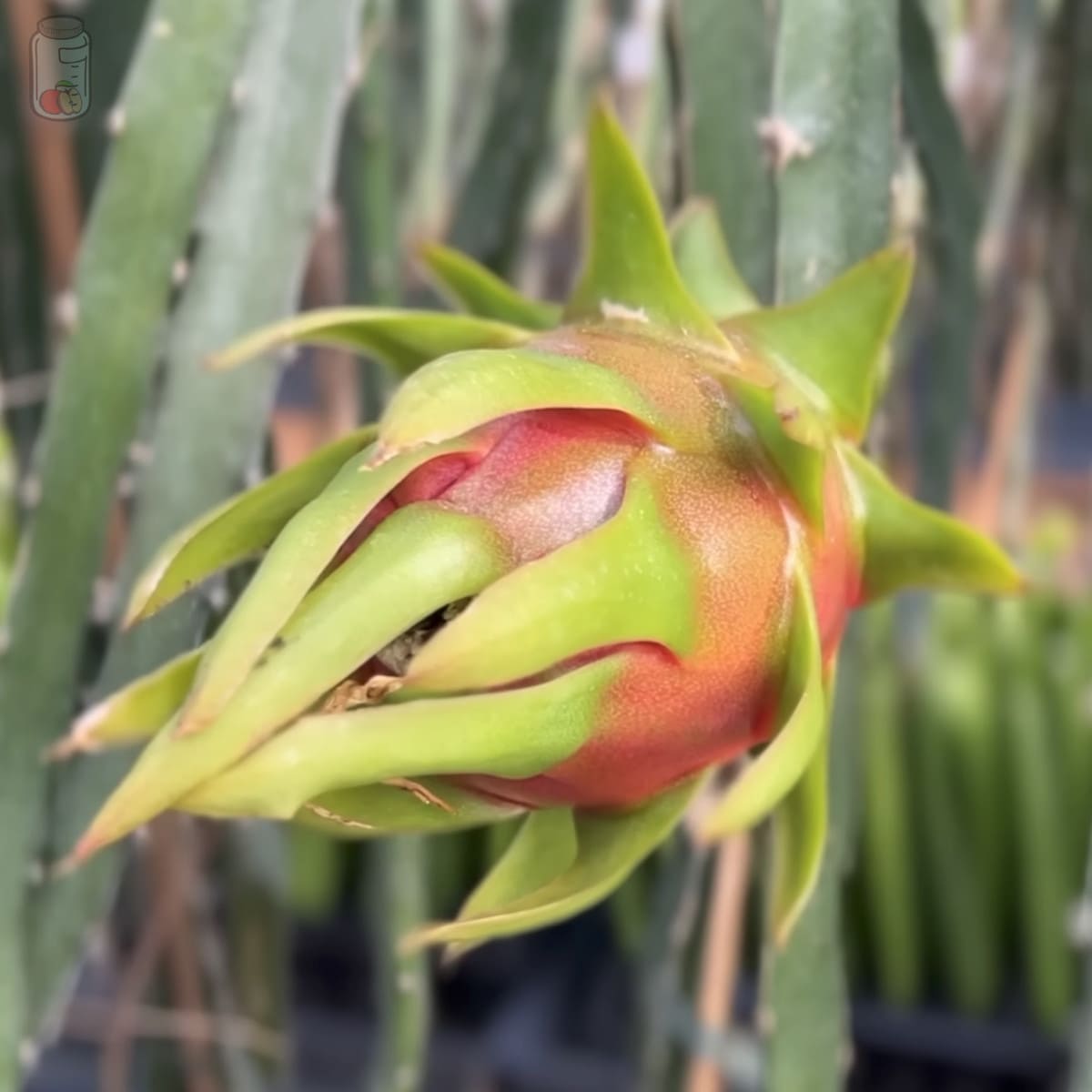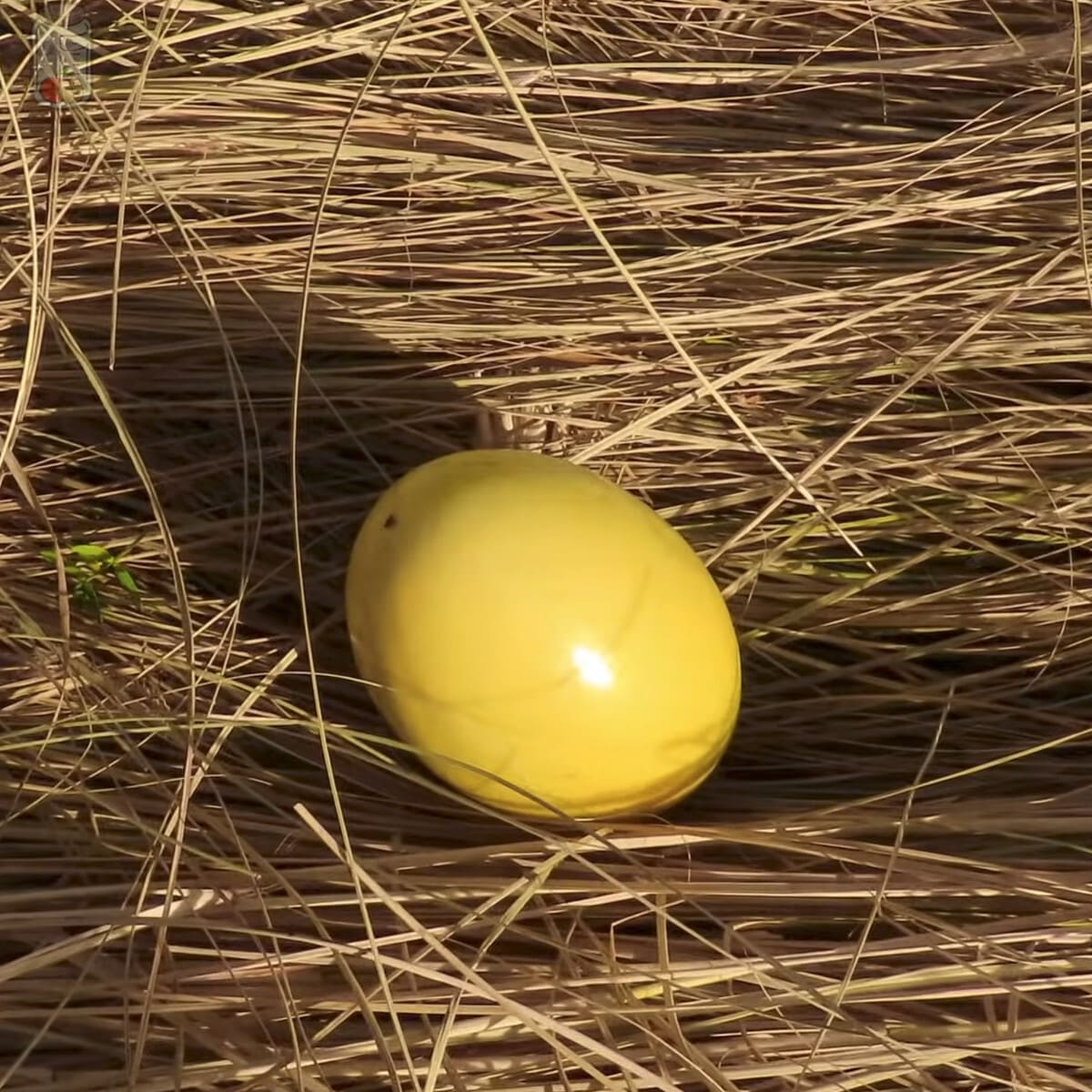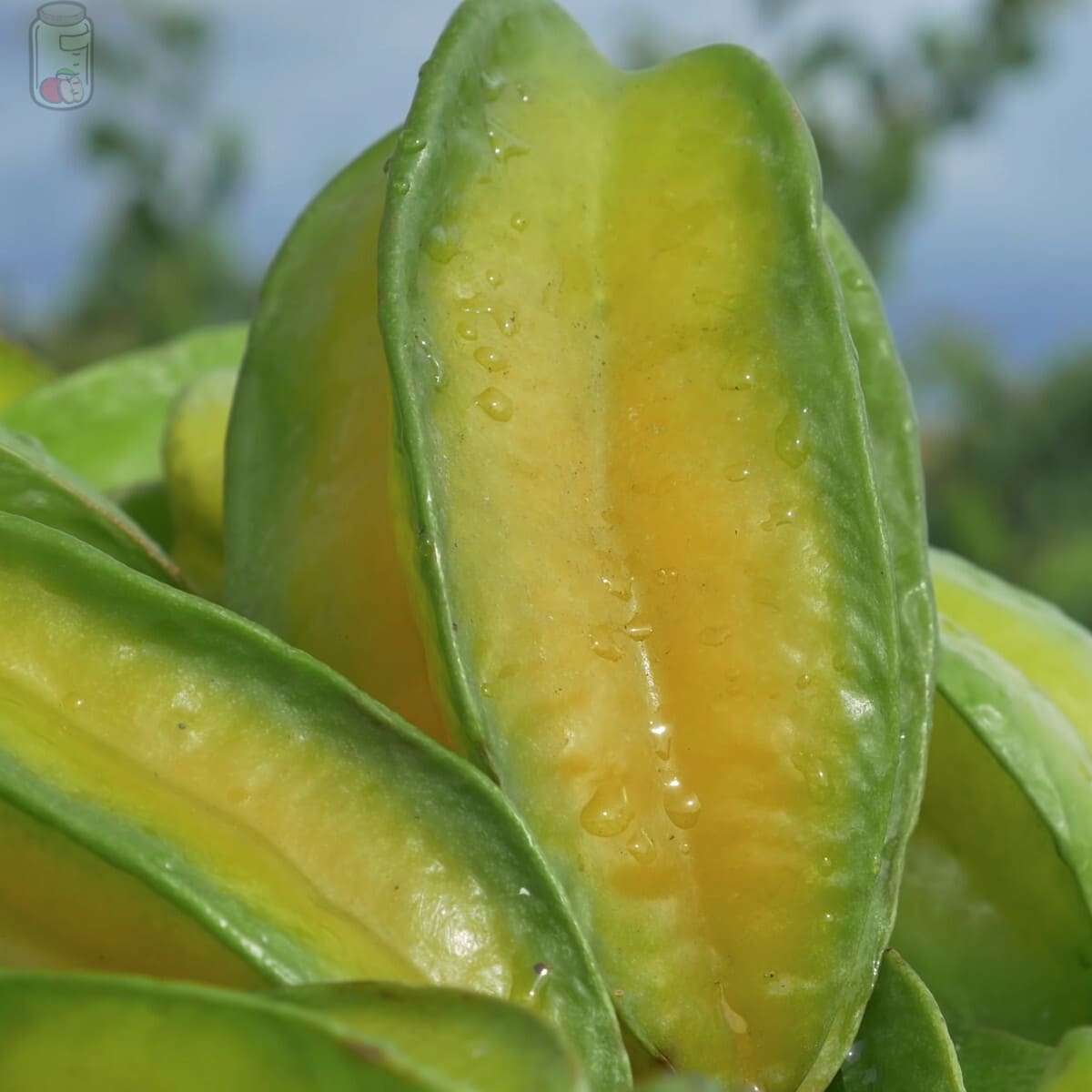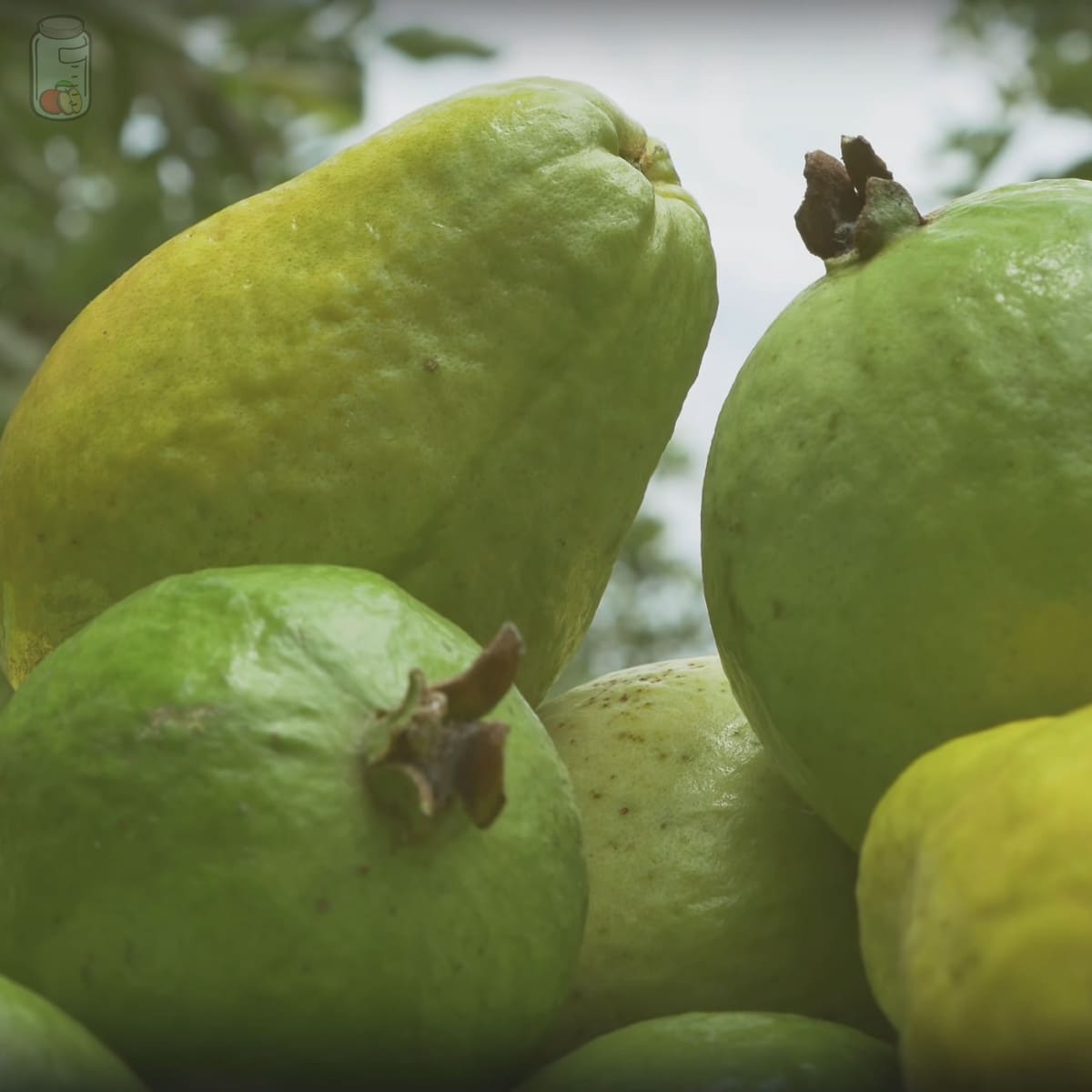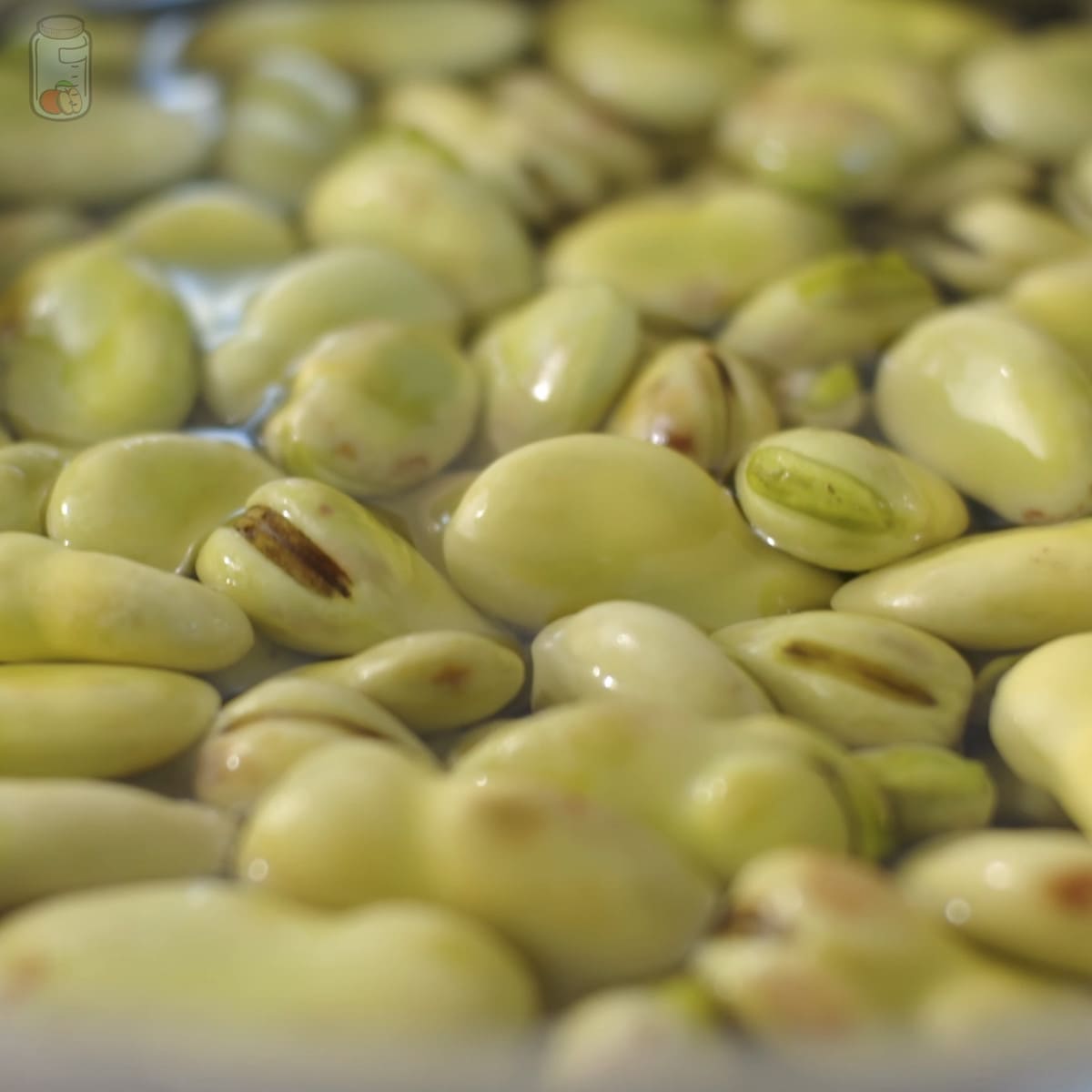The pitahaya, also known as pitaya or dragon fruit, is the result of a succulent cactus, which has as its main characteristics a flaky skin and a sweet and soft pulp, but how is the pitahaya preserved?
You can store the pitahaya or dragon fruit for 2 to 5 days at room temperature. In addition, you can keep it in the fridge for 2 or 3 weeks or freeze it for 10 or 12 months or you can dehydrate it for 1 year. Syrup is also another form of long-term storage.
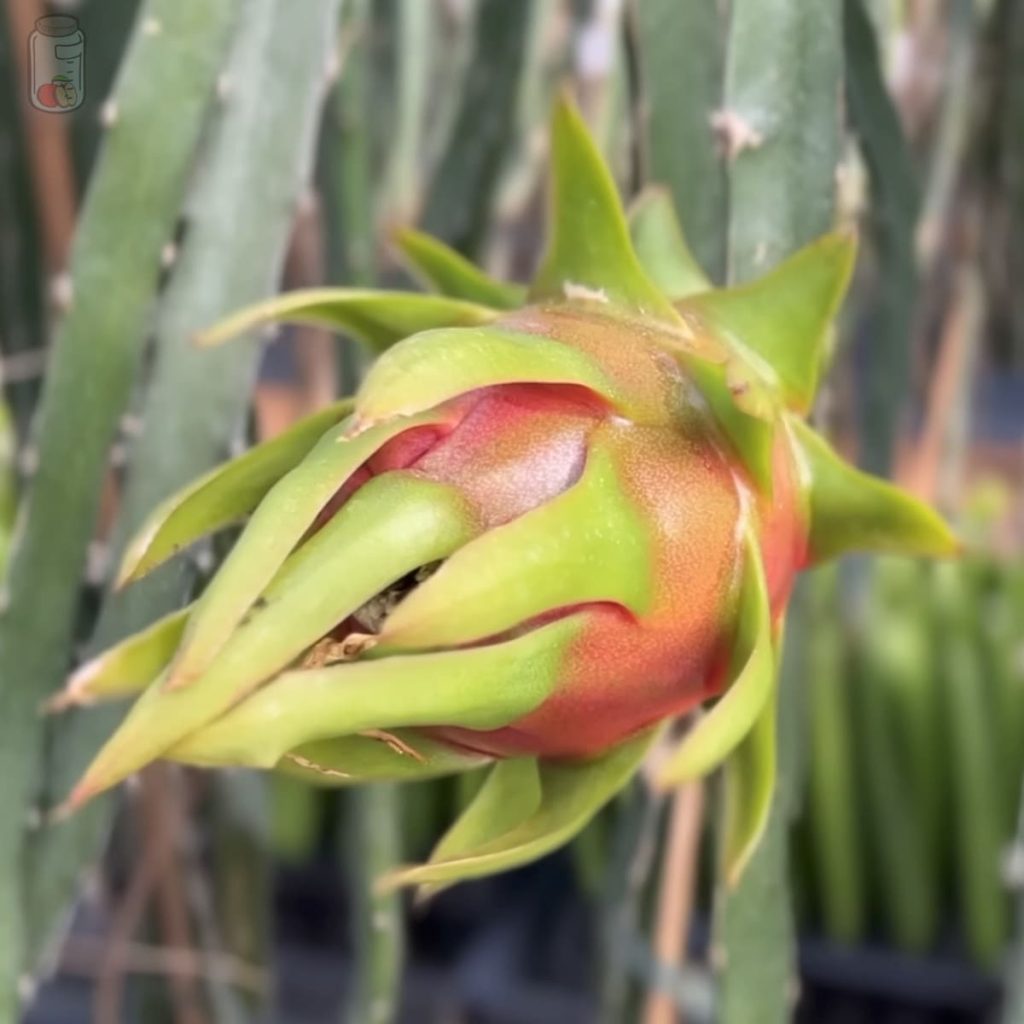
Just keep reading if you want to know how to store pitahaya properly.
How to store dragon fruit at room temperature
The pitahaya or dragon fruit can be left at room temperature for a few days, especially if it does not fully ripen yet, which you can check by pressing it, and you notice the fruit is extremely hard and does not sink, then it is still green.
I do not recommend buying pitahaya with cuts or way too soft because it is probably already damaged. When the dragon fruit is at its point of maturity, it is wholly yellow or mostly pink with its green “scales.”
When storing dragon fruit at room temperature, you should not wash them; better dry the moisture and clean the dirt that may have on top with a dry kitchen cloth or paper towel.
The place where you will put the pitahaya should be dark, free of moisture, and cool. This last point is critical because leaving the dragon fruit in a warm place will cause rot much faster.
Now, wrap the pitahaya with newspaper, place it in a basket or container, and cover it with a clean and dry towel or more newspaper. Considering all these tips, the pitahaya will remain at room temperature for 2 to 5 days, depending on how ripe it is. [1]
How to store pitahaya in the fridge
If you do not have a suitable place to store dragon fruit, or you live in a hot area with an average temperature above 77°C (25°C), then the best option will be to store it in the refrigerator as follows:
- Step 1: Wrap the dragon fruit.
Wrap it with newspaper or paper towels.
- Step 2: Put the dragon fruit in a bag or container.
Place the fruit inside an airtight bag or container to protect it from external odors and keep it isolated.
- Step 3: Enter the storage date.
Write the date on the bag or container, tape it to the date, or put it on paper and tape it to the container.
- Step 4: Store the pitahaya in the fridge.
You can place the pitahaya inside the vegetable drawer or a fresh part of your fridge. Thus, the dragon fruit can be refrigerated for 2 or 3 weeks, depending on its level of maturity.
But if you previously chopped the pitahaya, you should also store it in an airtight container or bag. Instead, you will have to put it in the coldest part of the refrigerator, so the chopped pitahaya can stay between 1 and 2 days in the fridge.
How to freeze the pitahaya
Another form of storage is to freeze the dragon fruit, which also works for cases where you peeled or chopped it. Here is how you do it:
- Step 1: Wash the dragon fruit.
Before you chop any fruit or vegetable, wash it to remove all the dirt. You can do it under the tap or in a water bowl, rubbing the fruit’s skin well.
- Step 2: Chop the dragon fruit.
You can chop the fruit in half and then remove the pulp with a spoon. Or, stir the pulp with a knife, then cut it into squares.
- Step 3: Freeze the dragon fruit for four hours.
Put the chopped pitahaya on a tray with waxed paper, placing the pieces side by side and leaving a little space between them, so they do not stick.
Wait about 4 or 6 hours until it freezes completely. You could also leave the tray with the fruit overnight.
- Step 4: Bag the dragon fruit.
Transfer the dragon fruit to an airtight bag suitable for freezing or a sturdy container when it is frozen.
- Step 5: Write down the storage date.
You can place the date on the bag, put a date label on the container, or tape it and write it.
- Step 6: Store the dragon fruit in the freezer.
You may freeze the dragon fruit for 10 or 12 months. Then, to thaw it, you can leave the one for 30 to 45 minutes at room temperature or pass the portion you want to thaw in the fridge the night before.
If you thaw the pitahaya in the fridge, it will stay there for two more days, but you can’t refreeze it.
How to dehydrate pitahaya
The pitahaya can also be dehydrated, so you have another option to preserve it long-term.
- Step 1: Clean the pitahaya.
Wash the fruit with water, rubbing them well to remove all the dirt.
- Step 2: Cut the pitahaya.
Peel the pitahaya and then cut it into thin slices.
- Step 3: Dehydrate the pitahaya.
If you use an oven, preheat to 90°C(190°F).
Then, prepare the tray, placing parchment paper or a nonstick sheet, and on top, arrange the pitahaya slices, trying to leave a little space between them. Dehydrate for about six or eight hours.
In the case of using a food dehydrator, place the slices of the dragon fruit in the internal trays of the equipment, leaving some space between them, and thus, the air will circulate better. Then, put it at 120°F (50°C) and dehydrate it for 10 to 12 hours.
You will know that the pitahaya is ready when it has a slightly malleable consistency, but it breaks when folded completely. It also has to be dry to the touch, nothing sticky.
- Step 4: Transfer the dehydrated pitahaya to an airtight container.
Wait for the dried pitahaya slices to cool before storing them in an airtight container. You should preferably use glass, as this material preserves food better.
Also, do not entirely fill the container because if a bit of moisture appears in the first week, you will have to dehydrate the dragon fruit again for a couple of more hours.
- Step 5: Write the storage date of the dehydrated pitahaya.
Attach a dated label or tape a written date paper to the container using tape.
- Step 6: Store the dehydrated dragon fruit.
Place the dehydrated pitahaya in a cool, dry, and dark place. In this way, the dehydrated pitahaya can be at room temperature for a year.
If you need to keep it for much longer, put the dehydrated dragon fruit in a container or bag resistant to the freezer. This way, the dry dragon fruit can be frozen between 2 and 5 years.
How to preserve pitahaya juice
The pitaya juices or soft drinks are also prepared, and one of the simplest ways to preserve it would be to put the pitaya juice in a container with a lid, in the coldest part of the fridge, and without ice because then it will melt and dilute the flavor of the juice.
The pitaya juice can be kept refrigerated for five days. However, if you need to extend the storage time, you must freeze it the following way.
- Step 1: Pour the pitaya juice into molds or bags.
You can pour the juice into ice cube molds, small sealable bags, or sturdy containers. Please do not fill the container or bag in these two cases, as the liquid will need space to expand when it freezes.
- Step 2: Freeze the pitaya juice.
If you pour pitaya juice into an ice cube mold or several sealable bags, you must first freeze it for four hours. Then, put the juice bags on a tray to avoid spills.
If you have poured the juice into a container, skip this step. Instead, after the pitaya juice freezes, unmold the cubes, and transfer them to an airtight freezer bag.
- Step 3: Set the storage date.
Write the date on the container or bag using a marker, but you can also stick a date label or place a piece of tape and write the storage date on top.
- Step 4: Store the pitaya juice in the freezer.
In this way, the pitahaya juice will remain frozen for a year. To thaw it, leave the liquid in the fridge overnight.
The thawed pitaya juice in the fridge may be there for 2 or 3 more days, but if you put it to thaw at room temperature, you must take it the same day.
How to preserve pitahaya in syrup
With the pitahaya or dragon fruit, you can prepare syrup, although it is usually prepared with the version of pitahaya already with red pulp since it gives it a nice red color.
You will need two pitahayas peeled and chopped into pieces, a small piece of ginger, two cinnamon sticks, half a cup of water, and spices.
- Step 1: Wash and chop the pitahaya.
First, wash the pitahaya with water, remove the shell using a knife, or you can chop it in half and extract the pulp with a spoon with the tool to make balls. The idea is to have bite-sized chunks. Next, take the opportunity to peel and chop the ginger into thin slices.
- Step 2: Make the syrup.
In a pot, add the sugar and spices with cups of water. Place on medium heat until the liquid has been reduced by half. Remove the ginger and other herbs and add the pitahaya in pieces.
Cook with the pitahaya until the syrup has been reduced again by half.
- Step 3: Transfer the pitahaya in syrup to a container.
Use a glass jar with an airtight or screw lid, which previously should have been sterilized for 15 minutes in boiling water. Add the pitahaya when the pots are dry, but leave one finger unfilled.
- Step 4: Seal the bottle under a vacuum.
You will need a large pot with a thick bottom. At the bottom, place a clean rack or cloth, and on top, arrange the jars so that they do not collide later with each other or with the pot.
Pour water into the pot until the jars are exceeded, and turn on the stove to the maximum. When it boils, put the heat to medium level and wait about 20 or 30 minutes before turning it off.
In this way, the pressure emptying will be carried out. Do not remove the jars until the water cools.
- Step 5: Remove the jars.
Please take out the jars with the pitahaya in syrup and place them on a table or countertop, where the light does not stick, until they cool completely.
- Step 6: Enter the storage date.
Sign a label with the date of storage or stick a dated paper to the jar using adhesive tape.
- Step 7: Store the pitahaya in syrup.
You can store the jar in a dry, dark, and cool place. From that morning, the pitahaya in syrup will keep for a year at room temperature if the bottle remains sealed.
Once you have uncovered the bottle, transfer it to the refrigerator. The pitahaya in syrup can last 3 to 4 months. But if you store the sealed jar directly in the fridge, the pitahaya in syrup will last between 18 and 24 months.
How long does dragon fruit last?
| Product | Duration |
| Dragon fruit at room temperature | 2 – 5 days |
| Whole dragon fruit in the fridge | 2 – 3 weeks |
| Chopped dragon fruit in the fridge | 1 – 2 days |
| Dragon fruit in the freezer | 10 – 12 months |
| Thawed dragon fruit in the fridge | 2 days |
| Dehydrated dragon fruit at room temperature | 1 year |
| Dehydrated dragon fruit in the freezer | 2 – 5 years |
| Refrigerated pitahaya juice | 5 days |
| Frozen pitahaya juice | 1 year |
| Dragon fruit syrup at room temperature (sealed) | 1 year |
| Dragon fruit syrup in the fridge (sealed) | 18 – 24 months |
| Dragon fruit syrup in the fridge (unsealed) | 3 – 4 months |
How to know if the pitahaya spoiled?
If the pitahaya is too watery or opens with a bit of pressure, it has already rotted and should not be ingested.
Another way to know if it is bad is by smell and taste. So if the pitahaya tastes or smells bad, do not eat it and throw it away.
If the pulp of the dragon fruit changes color, it is most likely already rotten, and you should not eat it.
If mold develops, the dragon fruit will get black or white spots or lint on top. If that’s the case, throw it in the trash immediately.
What is the best way to preserve dragon fruit?
When preserving fresh dragon fruit, the best way to keep it is to store it in the fridge; that way, it will be fine for a couple of weeks.
You can leave the dragon fruit at room temperature if you need to ripen it a little more, or you will eat it in a few days.
A long-term preservation option is to freeze the pulp of the dragon fruit. However, you could also dehydrate the pitahaya or keep it in syrup.
Dragon fruit juice keeps well in the fridge, but you can also freeze it.
In any case, if you want to know how to preserve some other fruit, on this website, you have at your disposal several topics that deal with this same point, as well as others where they explain how to preserve vegetables and all kinds of foods.
[1] https://www.foodsafety.gov/keep-food-safe/foodkeeper-app

